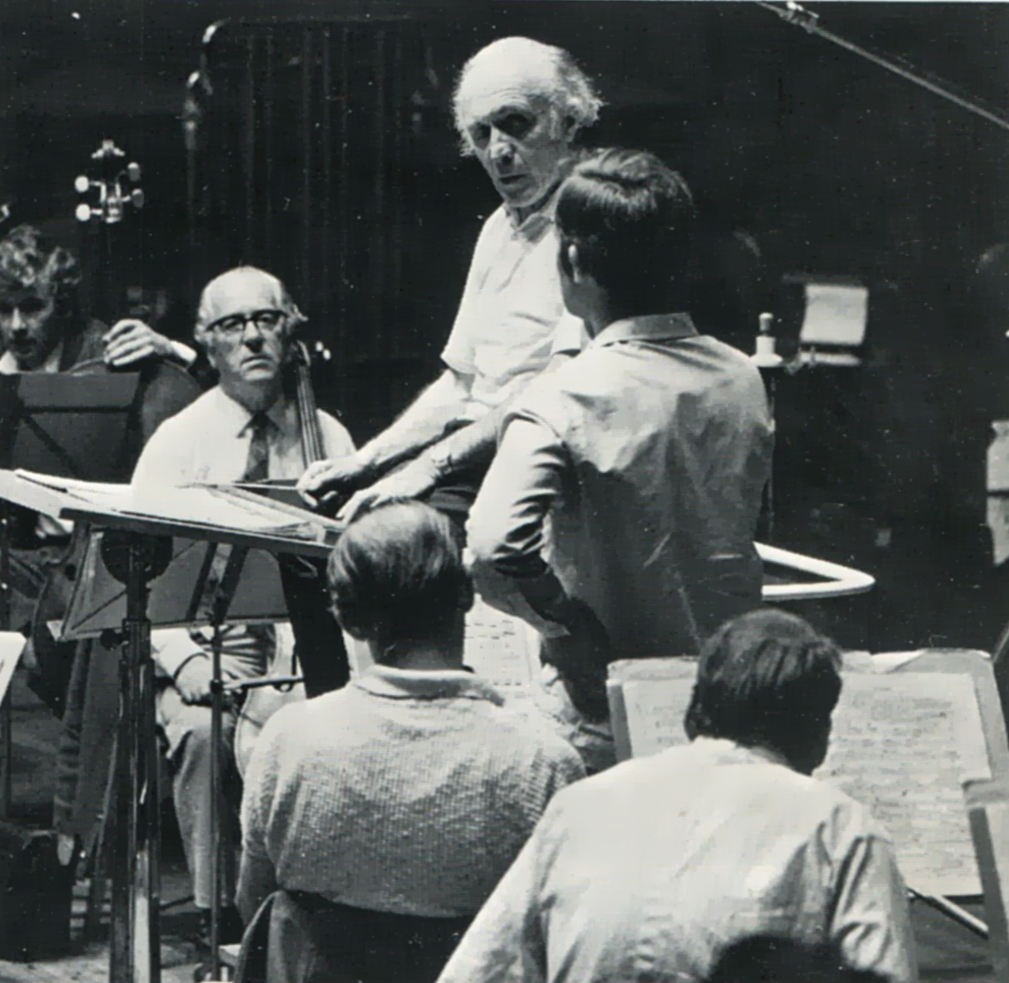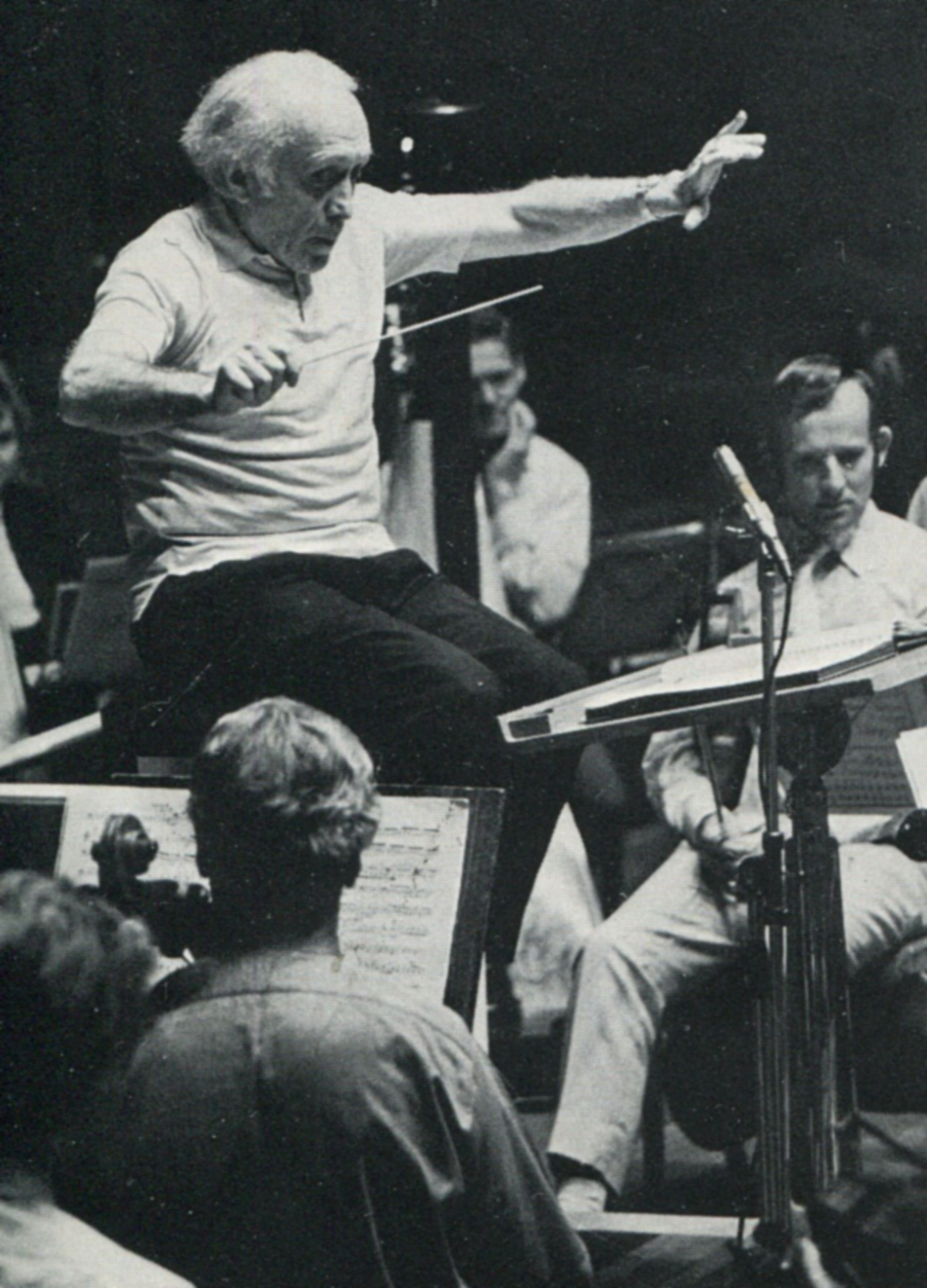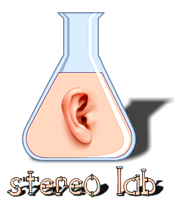
Aus tiefem Traum bin ich erwacht
(I awoke from a deep dream)¹ - a CD-4 case study
Pspatial Audio were approached by Misha Horenstein, cousin of the conductor Jascha Horenstein, to see if we could help decode a quadraphonic recording of the Third Symphony of Mahler from 1970.
Misha, at present finishing a biography of the maestro, has worked with Pristine Classical to restore and republish Horenstein's rare recordings in mono and in stereo.
Although rights issues preclude the public release of the quadraphonic Mahler 3 recording for the time being, Misha felt it was high-time the quadraphonic version was commited to digital archive. Especially because the only known version of the quadraphonic version of this recording is on rare CD-4 LPs, produced in Japan in 1974.
When we received the LPs at the Pspatial Audio lab's in France, we were delighted to discover that a) that the discs were in good condition and b) that they betrayed the careful engineering which separate Japanese CD-4 quadraphonic discs from many made in the USA. We would be able to use our high-quality CD-4 decode process to decode these records.
The better quality of Japanese CD-4 records lies in the very conservative levels used for the baseband modulation of the record. By Amercian standards, the discs are cut very quietly. Due to this, the 30kHz FM signals do not suffer the various distortions and intermodulation which blight most American CD-4 releases. The demodulated FM signals are thus clean and much more useable - a vital requirement for a classical recording such as this ³.
In this illustration, the signal-envelope of the baseband audio (blue) is laid over the raw, undemodulated needle-drop waveform. It reveals how the subcarrier level (green) is maintained as a nearly constant level irrespective of baseband information and its wide dynamic-range. This is the key to the high quality of Japanese CD-4 releases; the only disadvantage being that the records are cut at low level which makes vinyl surface-noise somewhat more noticeable.
Mahler's 3rd Symphony
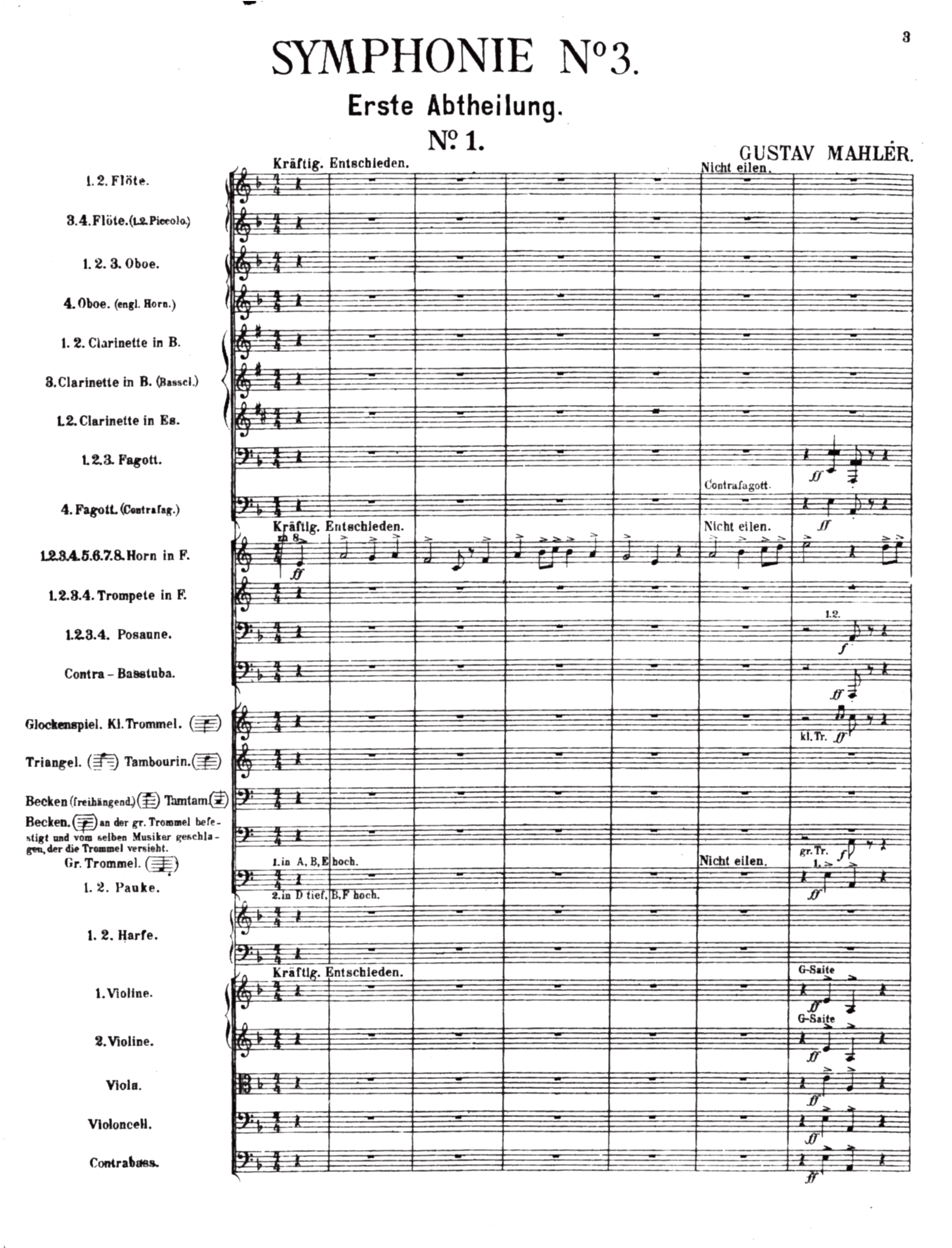
Mahler's third symphony is a vast work for massive forces, calling for an orchestra with two harps and eight French horns as well as some extra instrumental effects - an offstage posthorn for example - as well as a choir, boys choir and contralto soloist.
For the recording made by Unicorn Records between 22nd and 20th July 1970, considerable forces were assembled at Croydon Fairfield Halls: over one hundred members of the London Symphony Orchestra (with nine horns, as the principal player had an assistant); the Wandsworth School Boys Choir; the Ambrosian Singers and the contralto Norma Proctor - all under the baton of maestro Horenstein with Harold Lawrence producing and eminent Mahlerian Deryck Cooke on hand to advise on points of interpretation.
The founder of Unicorn Records, John Goldsmith4 was able to recall the technical details of the recording. The original sessions were recorded onto a one-inch, Scully eight-track tape-machine with Dolby A. Six tracks were devoted to the orchestra, choirs and soloist and two tracks on microphones at the back of the hall to pick up ambience. The offstage flugelhorn in the third movement was placed in the balcony behind the conductor. The original stereo recording was widely praised and became a hi-fi demonstration disc. The recording was awarded a Grand Prix Du Disque, Academie Charles Cros.
John explained that the eight-track masters of the recording went missing many years ago, but prior to this, JVC had asked him to license them the performance for their new CD-4 Quad LP series. The late Bob Auger5, who had engineered the original recording, prepared a 4-track, half-inch tape, which was sent to Japan. Examples of the CD-4 LPs made from this tape still existed - and one copy was discovered which, it was hoped, had never been played.
It was from this half-forgotten, plastic artefact that it was hoped the quadraphonic performance could be revived. We found a curious echo of the words, Aus tiefem Traum bin ich erwacht (I awoke from a deep dream)¹ which Mahler sets in the fourth movement of the symphony.
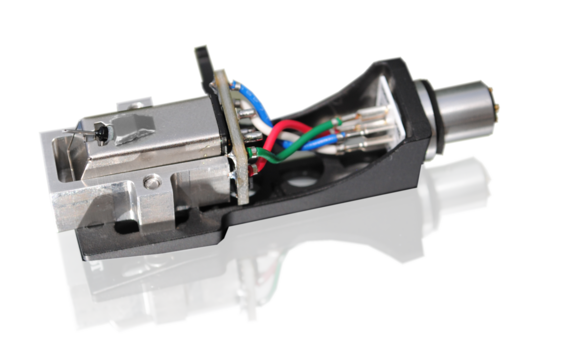 The transfer was relatively simple. The LP was indeed in good condition except for about one revolution towards the end of the first-side which suffered from a no-fill flaw.
The transfer was relatively simple. The LP was indeed in good condition except for about one revolution towards the end of the first-side which suffered from a no-fill flaw.
The needle-drops were made at 96kHz using the Phædrus Audio PHLUX-II active phono cartridge with a Shibata stylus. Frequency-response irregularities and subcarrier crosstalk were corrected in software.
Thoroughly Modern Mahler
Subsequent decoding in Stereo Lab proved straightforward. A short example is available here as a 5.1 FLAC file. You will probably need to download this file and play in a multichannel application (like Audacity) unless your PC is configured for multichannel sound. The tracks are configured: 1/2 Left, Right; 3/4 Center, LFE; 5/6 Left back/surround, Right back/surround.
Note that some browsers will not play FLAC files at all.
This decode is exactly as the audio is output from the Stereo Lab software. In App' pop-click filtering was employed, as was the linear-phase rumble-filter. But no further DSP was applied. Perhaps one day, if the rights issues could be overcome, this four-channel recording could be re-mastered into a full 5.1 release.
Compared to the stereo version (which is available from Souvenir Records), the quadraphonic version - which reproduces very well on a standard, modern ITU-R BS 775 5.1 loudspeaker arrangement - definitely offers an added dimension. The orchestral blend is good and the balance too. The rear ambience is very convincing. And, as the example reveals, there is a "whopping" low-end which betters the CD release - a surprise from a record nearly fifty years old. The only downside is some surface noise which could certainly be addressed in re-mastering.
For a quadraphonic recording Bob Auger's5 mix is very modern - no doubt aided by the luxury of an eight-track master and a devoted stereo ambience stem. Some classical quadraphonic recordings of the period followed their pop counterparts and placed the listener at the centre of the ensemble - a rather silly effect. Auger's mix with Harold Lawrence producing anticipates modern 5.1 recordings in confining the rear channels to hall ambience6.
